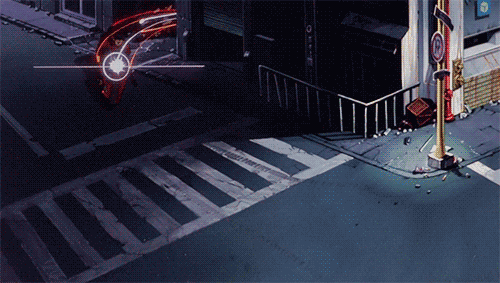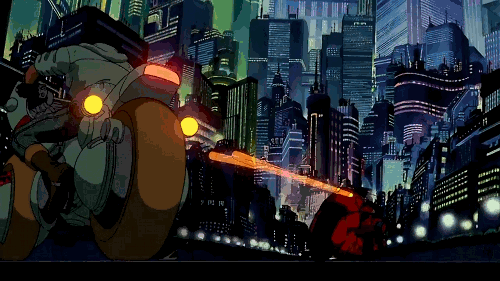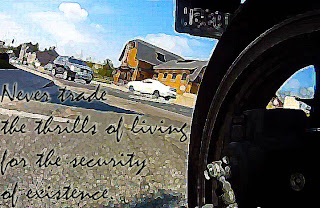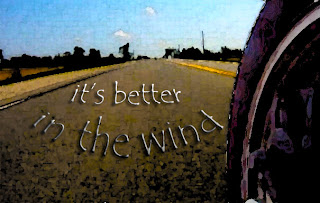I’ve just wrapped up a grade 11 university level English class. I only tend to teach these classes once every couple of years now, so I see real differences in how academic students are evolving with technology use.
This time around we have a Google Apps for Educators system well established and I assumed academically focused students would be very handy with it. I shouldn’t assume these things. Once again I’m surprised at how habitual digital natives are with their technology use; they know how to do the few repetitive things they use technology for very fluently, but asking them to extend that fluency to other software or hardware results in the same kind of frustration you see in anyone. Technology use really needs to be a generally taught skill – teaching specific apps on specific hardware doesn’t create genuine understanding of information technology and what it can do for you.
Beyond the typical tech-incompetence that we prefer to ignore rather than resolve, there were some deeper implications to technology use that became apparent while marking the final exam. As a general rule, I encourage productive use of online information resources. I consider a student who can meaningfully and accurately use the internet to enhance their knowledge to be in a good place academically. I’m starting to rethink that position.
Marking these exams, I was surprised at how many of the students I thought were A+ English students couldn’t see the figurative implications of a fairly basic piece of satire. This article from The Onion was included on the exam, but a frustratingly high number of students thought it was about ants. Those that did pierce the literal barrier more often than not thought it was about the government (?) in spite of me telling them again and again that figurative meaning isn’t your opinion, it’s there in the text. Less than 1/5 of the class were able to recognize the obvious references to religion and see that article as a satire about it.
 |
| Google doesn’t know anything. The confusion between information and knowledge is now rampant. It’s based on misunderstanding how technology works. |
I’m left wondering, as I finalize grades in this class, how many students didn’t so much understand Macbeth as spout internet revelations about it. In class, students would frequently answer questions from the smartphone Google search in their laps. I once lamented, “there is no intelligence left, just high speed internet.”
Perhaps the future of learning is the opposite of what it has always been. Instead of internalizing information and creating constellations of meaning within our own minds, we only need know how to find what someone else said about it on the interwebs. This raises some scary questions around what understanding is. Complex ideas, like being able to see into figurative meaning in a text, aren’t a matter of looking up what to say on the internet. Skills like these are based on interrelated knowledge and practice. If it isn’t internalized, no matter how tedious digital natives may find that process, you don’t know it.
That digital natives, even the really capable ones, are shying away from internalizing knowledge in favour of getting highly proficient at finding other people’s thoughts online is a real problem. General ignorance around how digital technology works allows people to say stupid things like ‘Google knows everything!’ Educational technology happily exists in that ignorance, encouraging the use of technology without understanding the hows of it. Rather than question technology use in learning using epistemology and pedagogy, we try to mimic its general use in society where it is driven by market forces. If the kids are carrying smartphones around with them everywhere, they should be in class too. BYOD, wifi everywhere, a screen for every student; these things aren’t going to necessarily increase learning. When you’ve got Google in your pocket you end up questioning nothing.
Learning has always demanded the internalization of information in order to form knowledge. This was due in part to the scarcity of information in the past, but it also developed the kind of self discipline that allowed knowledgeable people to do their own research. In our information rich world the struggle for knowledge is everything modern education is turning away from. Student centred learning, 1:1 technology, de-emphasis on traditional learning methods – all of this is the new normal. What was once a mentally rich and demanding internal process is turning into flat, generic, external fact regurgitation.
Digital natives live in a world of media at their finger tips. The information revolution is, for them, an entertainment revolution where digital delivery systems create a personalized cocoon of immediate and continuous whim satisfaction. The personalization of media has created the impression that technology is there as either distraction or, at best, a shortcut to easy answers. When all our knowledge is reduced to information we might be able to spout facts, but we understand nothing.
***
After repeatedly being told verbally and in writing that you can’t have an electronic device within reach during a formal exam, one of those grade 11s had his cell phone fall out of his jacket pocket while writing. He wasn’t cheating with it, he just thought all those warnings didn’t apply to him because asking him to leave his phone at the front of the room is the equivalent, in his mind, of asking him to pull off his ears. The digital revolution is fusing itself to our bodies and our minds, and it isn’t always an improvement.
| Thoughts on how information becomes knowledge. We simplify a complex process that demands focus and self discipline when we infect human knowledge with machine fact. |


























